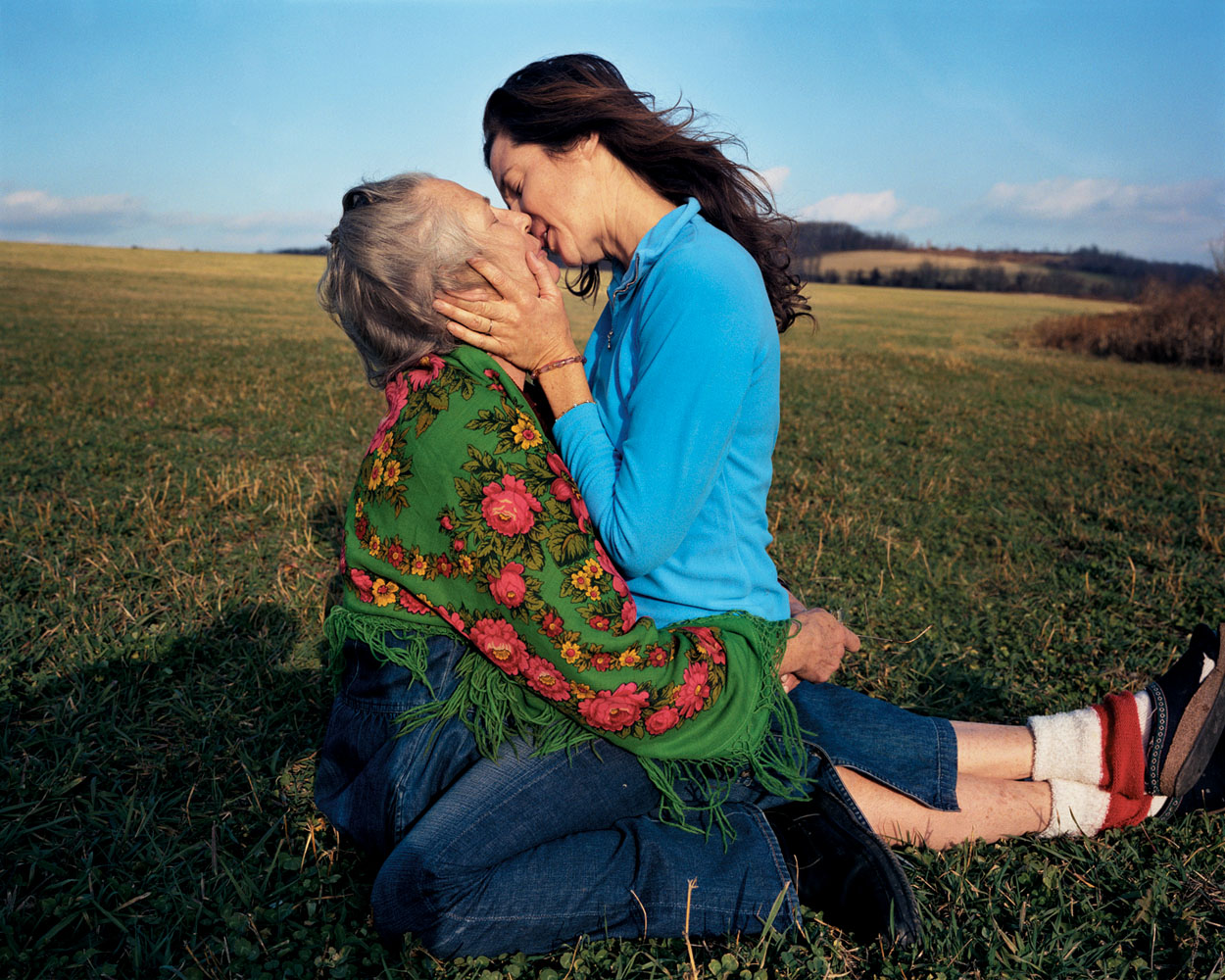
As with all large projects, the inspiration for Home Truths: Photography and Motherhood came from myriad places, some of which can be hard to trace. But most obviously it was the plethora of “celebrity mom” magazine covers that were appearing at a time of my own pregnancy and a move to the United States from London. The cultural differences toward parenting led me to look more closely at representations of motherhood and examine what was going on across both fine art and the media. This curiosity and exploration has led to an exhibition and book featuring artists and photographers who investigate the concept of the mother figure, responding or reacting to the legacy of the Madonna; the idealized mother; and established myths and stereotypes of motherhood so readily trotted out in the media.
This investigation also coincided with important shifts in and discussions about photography, including one of the most pertinent debates about the medium: namely, that concerning the loss of the photographic object, set against the abundance of digital images.
My chosen method of research and investigation is curating, which to my mind is much more than simply finding a subject and slotting pictures in to fit the theme. In fact, the word “curating” is today employed so indiscriminately that it is losing critical agency (as evidenced by people using the word to organize their Pinterest recipes). For an exhibition and book to be rigorously curated it has to be a reflection on societal values; show a recognition of art history or culture; come from a personal perspective; reflect upon the media it presents; engage in the sites in which is it staged; and operate in a multi-platform way in order to extend beyond the gallery walls and reach as wide an audience as possible.
The dichotomy I chose to address – that of photographic abundance and loss – operates as a subtext or nuance in both the exhibition and book. But how does Home Truths engage with current debates around the photographic object and the networked image? With the onset of photosharing sites such as Instagram, Facebook and Fickr there emerged an urge to overshare. What is being lost in this abundance of imagery is the object itself – the actual photograph and, of more relevance here, the family album.
In my own personal experience, I took hundreds (probably thousands) of pictures of my newborn, but I did not print out a single one. I have nothing to pass on. I looked at our family albums when I was growing up — endlessly — forming a narrative of my childhood and the identity of my parents through these selective images. The customary answer to the clichéd question of what people would grab first if their house burned down (“My family album!”) often rings hollow now.
Approaches to loss play a crucial part in this project, as seen in the work of Tierney Gearon as she attempts to connect with her mother, somewhat lost to her through struggles with mental illness, or Miyako Ishuichi’s photographs of her mother’s objects made after her death. Fred Huning shares a weathered photograph of his deceased child — given to him by the hospital to place on his child’s grave — that eloquently illustrates the power of the photographic object over the image it represents.
The display also engages in the “objectness” of photography, from photobooks and digitized studio photographs made into short films to enormous objects by Janine Antoni. Video work by Katie Murray and Ann Fessler consider the role of the photograph in the moving image, while Leigh Ledare collaborated with his mother to create a complex body of work, Pretend You’re Actually Alive (2008), comprised of constellations of photographs, ephemera, texts, and videos .
Miyako Ishuichi’s small, delicate pieces are carefully mounted in varying thicknesses of Plexiglas – the thickness of which conceptually represents the relationship of the object to her mother’s body – all of which sit alongside classical hangings, reinforcing photography as a material form over a digital image.
Paralleling these engagements with loss is the photographic desire to photograph everything. Ana Casas Broda rigorously documents conception, birth and her own volatile and complex identity shifts in her series, Kinderwunsch; Elinor Carucci describes her desire to photograph beyond traditional Madonna motifs; repeated failed pregnancy tests in the Annunciation series by Elina Brotherus are displayed on a shelf, to ironically echo the mantle pieces where pictures of children are traditionally propped. These are not aspects of motherhood that are typically photographed or displayed to the world.
For her part, Hanna Putz skillfully sidesteps the identity of the mother entirely, creating intimacy through bold use of composition and color in her portraits of young mothers at the beginning of their journey into parenting, where the baby acts as a kind of awkward prosthetic.
In the UK, Home Truths takes place in two venues: The Photographers Gallery will show Home Truths – Photography, Motherhood and Identity (this part of the exhibition will travel to MoCP) and the Foundling Museum will show Home Truths – Photography, Motherhood and Loss.
Photography is at a pivotal moment in its history. My hope is that Home Truths: Motherhood and Photography contributes in some way to the fascinating debates currently surrounding representations of the maternal and, in turn, issues of the medium’s identity.
Susan Bright is a New York-based writer and curator. Her upcoming book, Home Truths: Photography and Motherhood, is available through Art/Books from November 30, 2013. Bright previously wrote for LightBox about her favorite photographers turned music-video directors.
Home Truths: Photography, Motherhood and Identity will be shown at the Photographers Gallery, London (October 11th 2013 – January 5th 2014) and at MoCP, Chicago (April 25 – July 13 2014).
Home Truths: Photography, Motherhood and Loss will be shown at The Foundling Museum, London (October 11th 2013 – January 5th 2014).

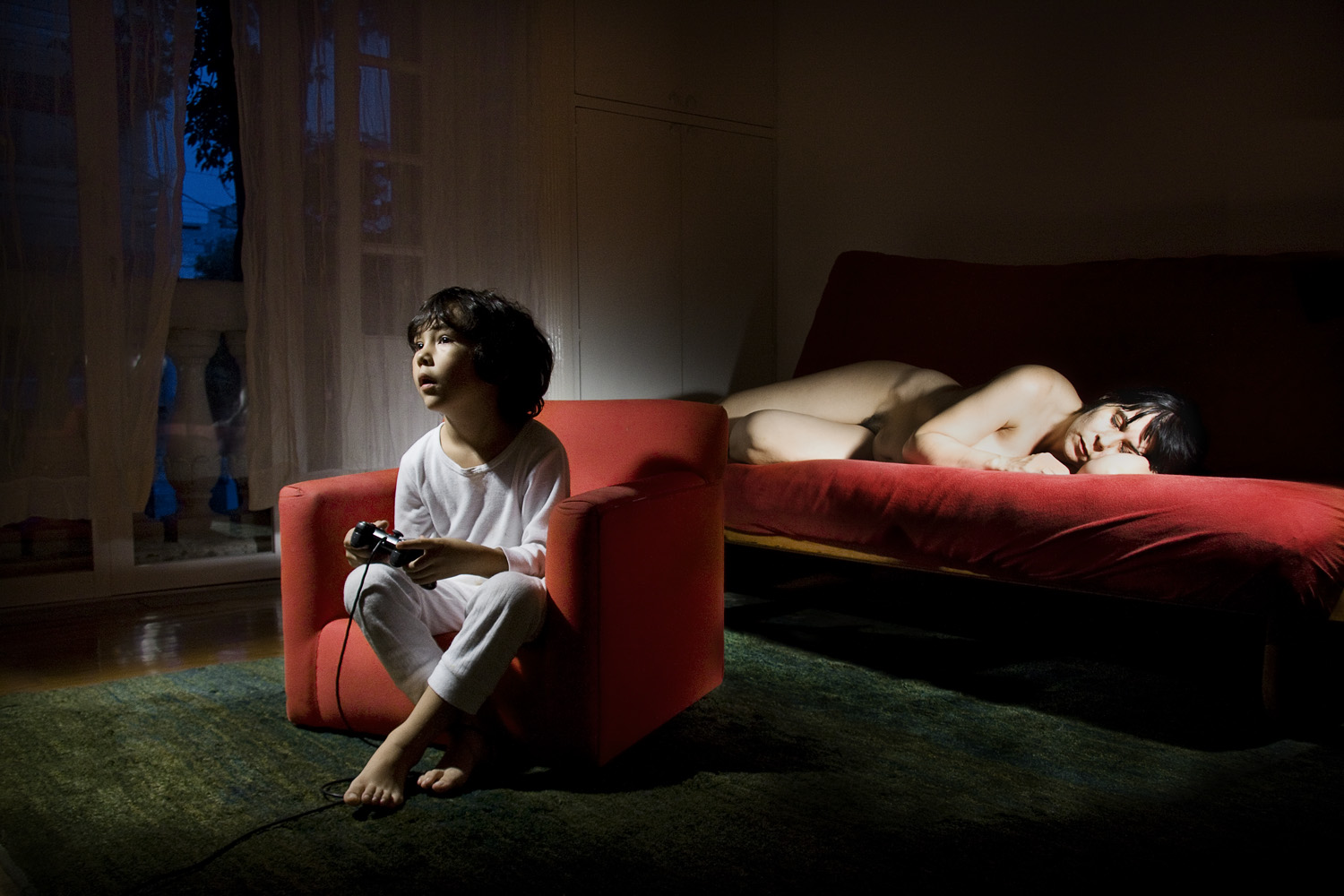


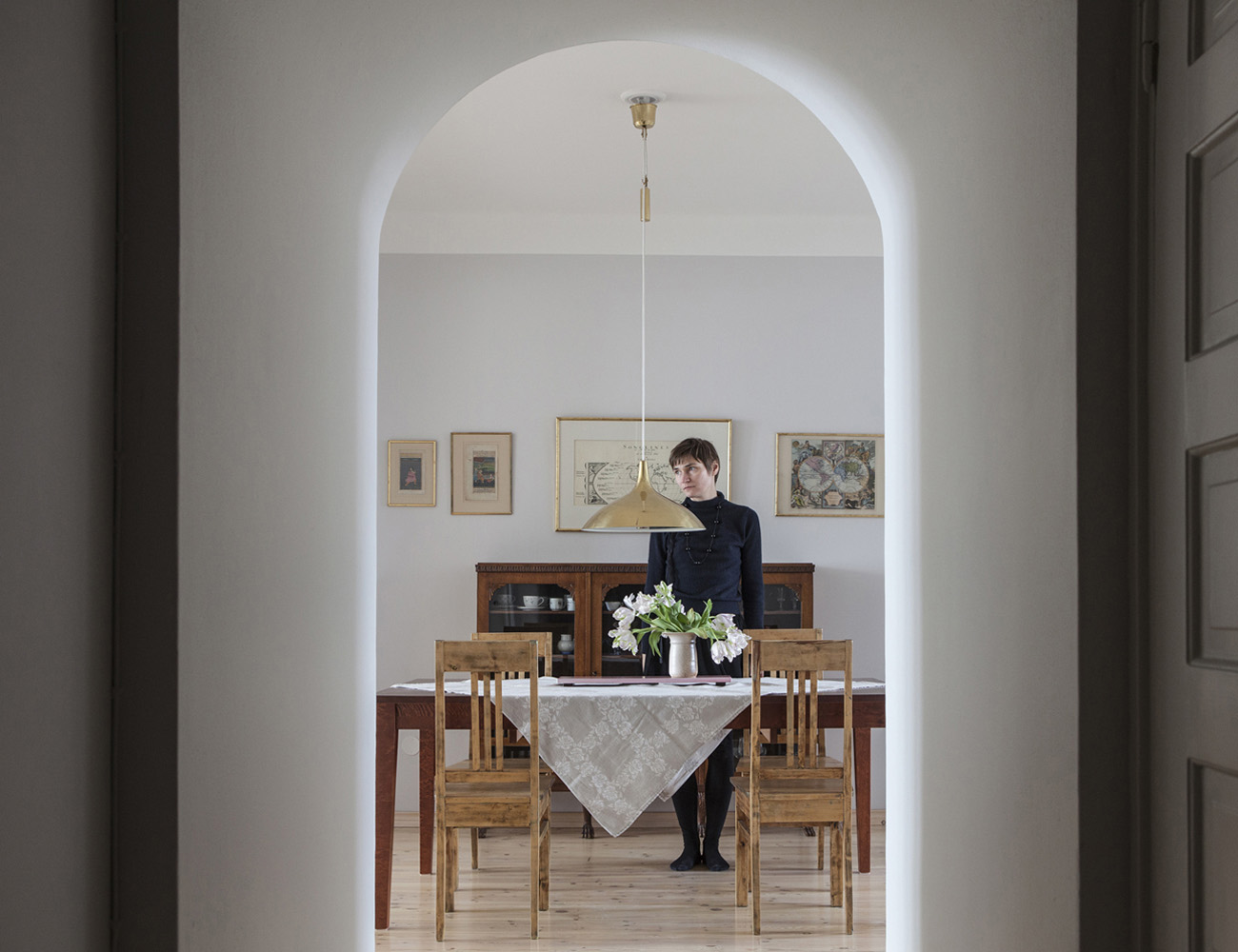
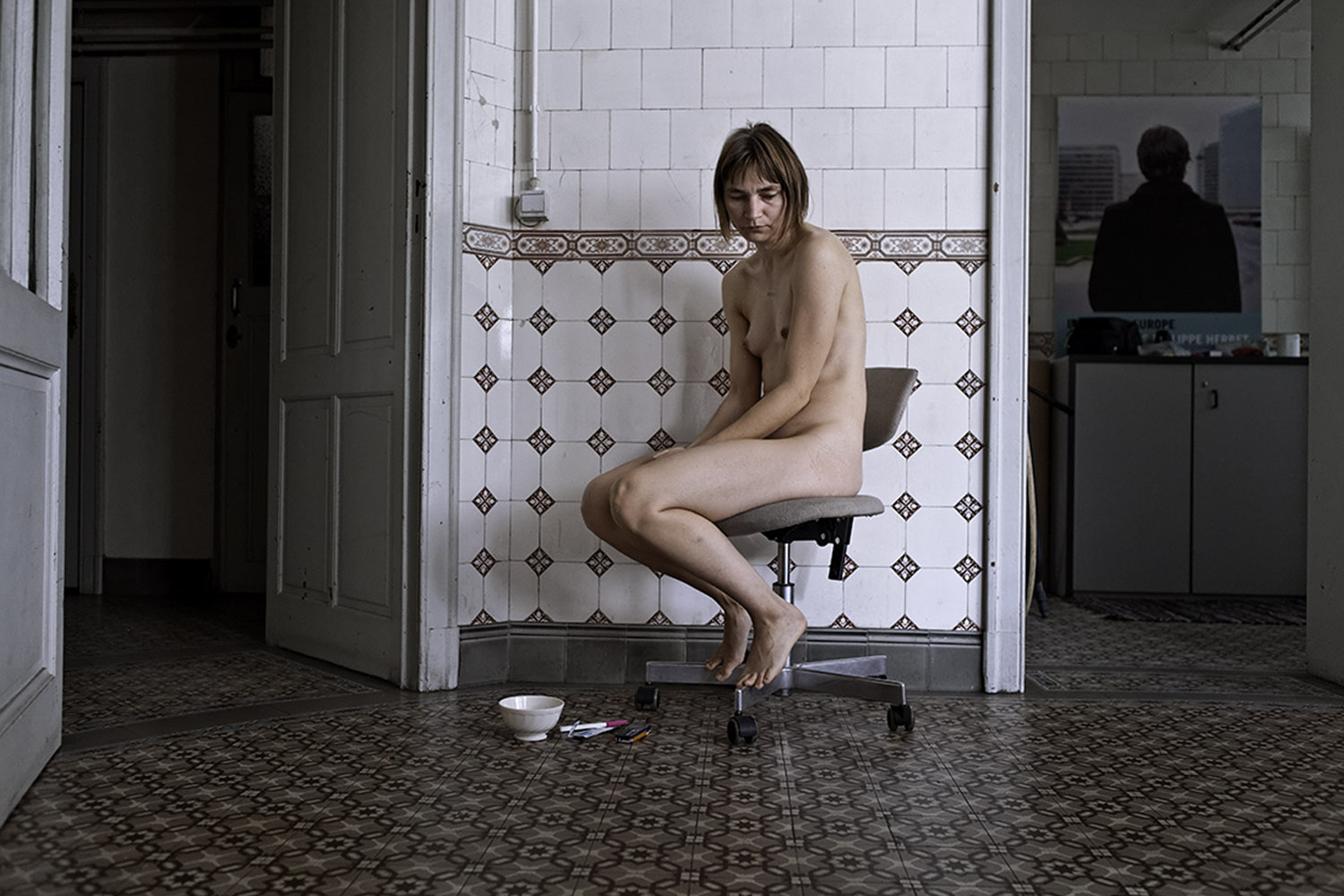
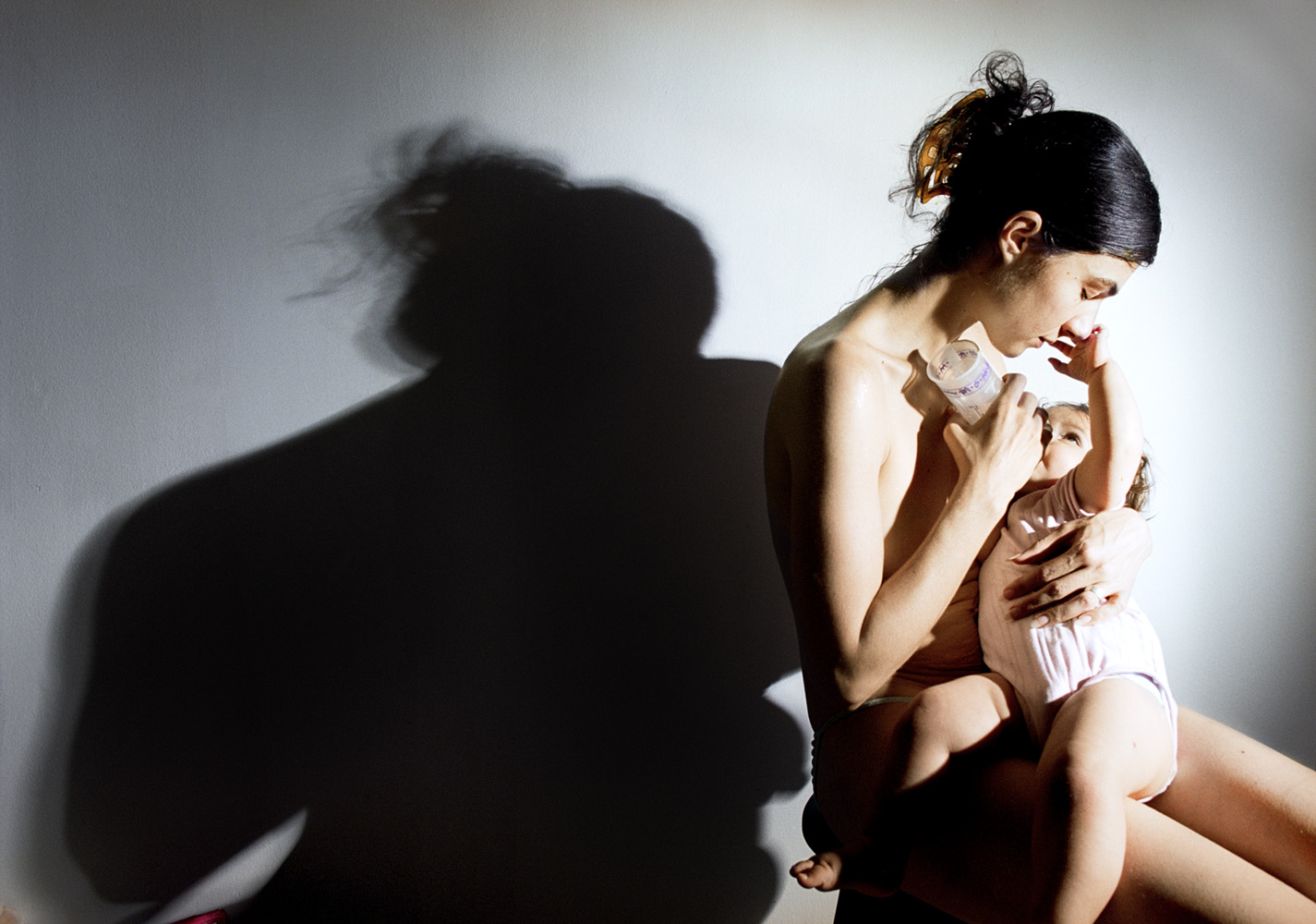
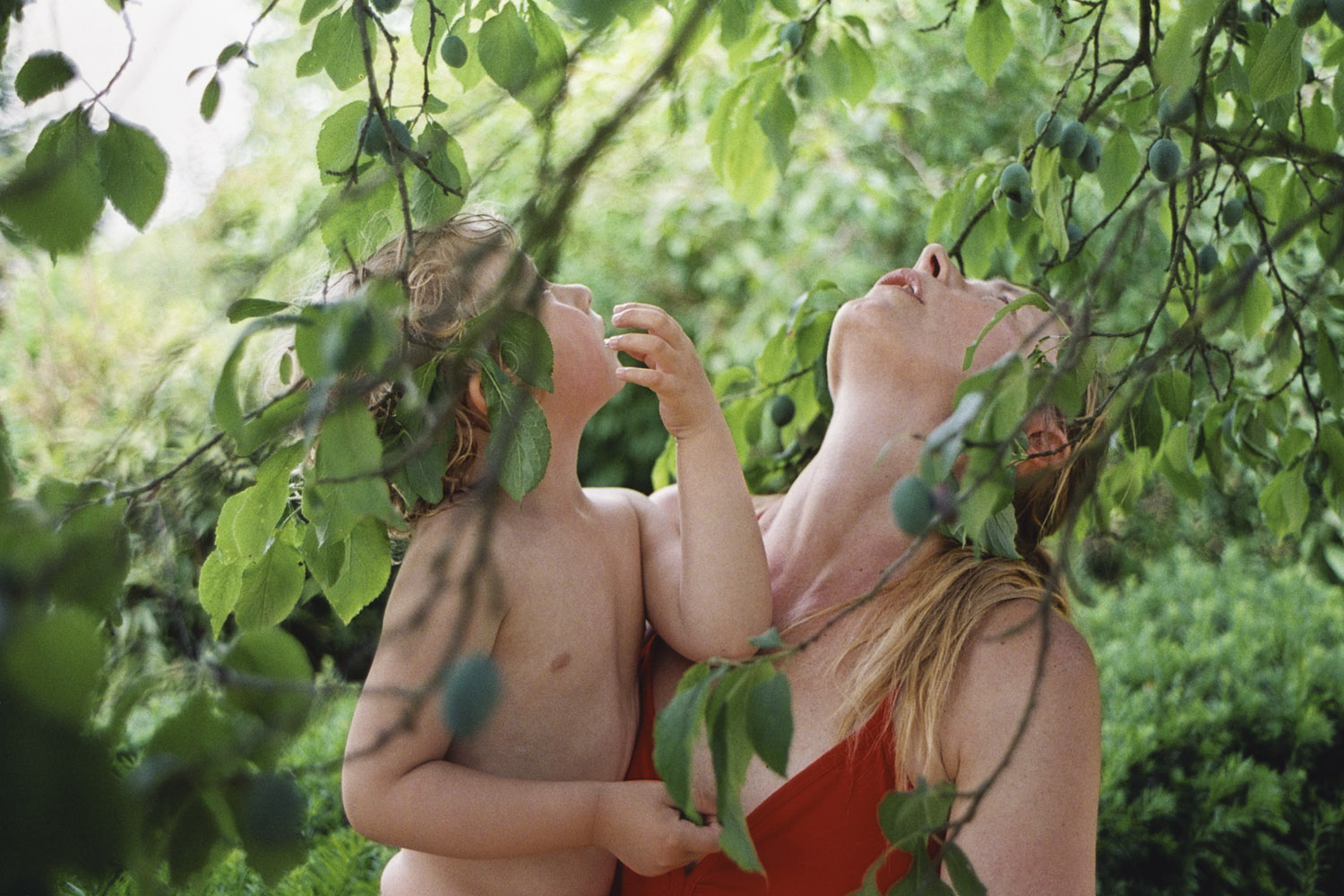
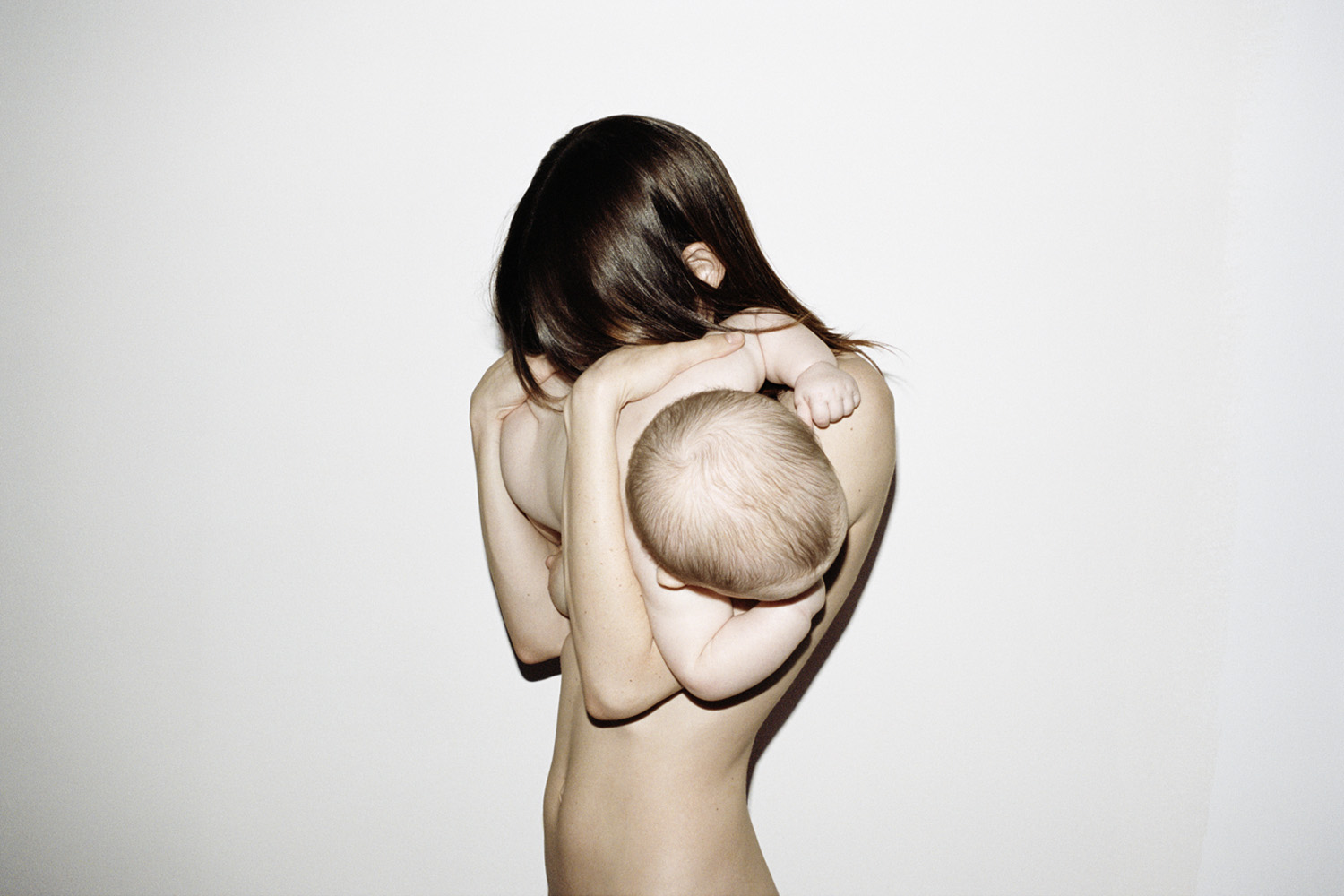
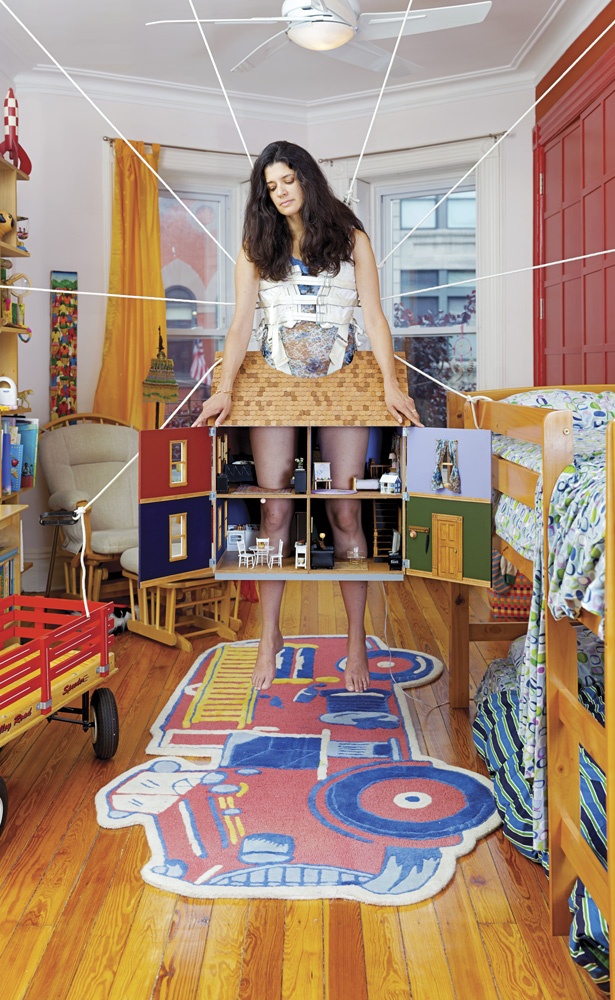

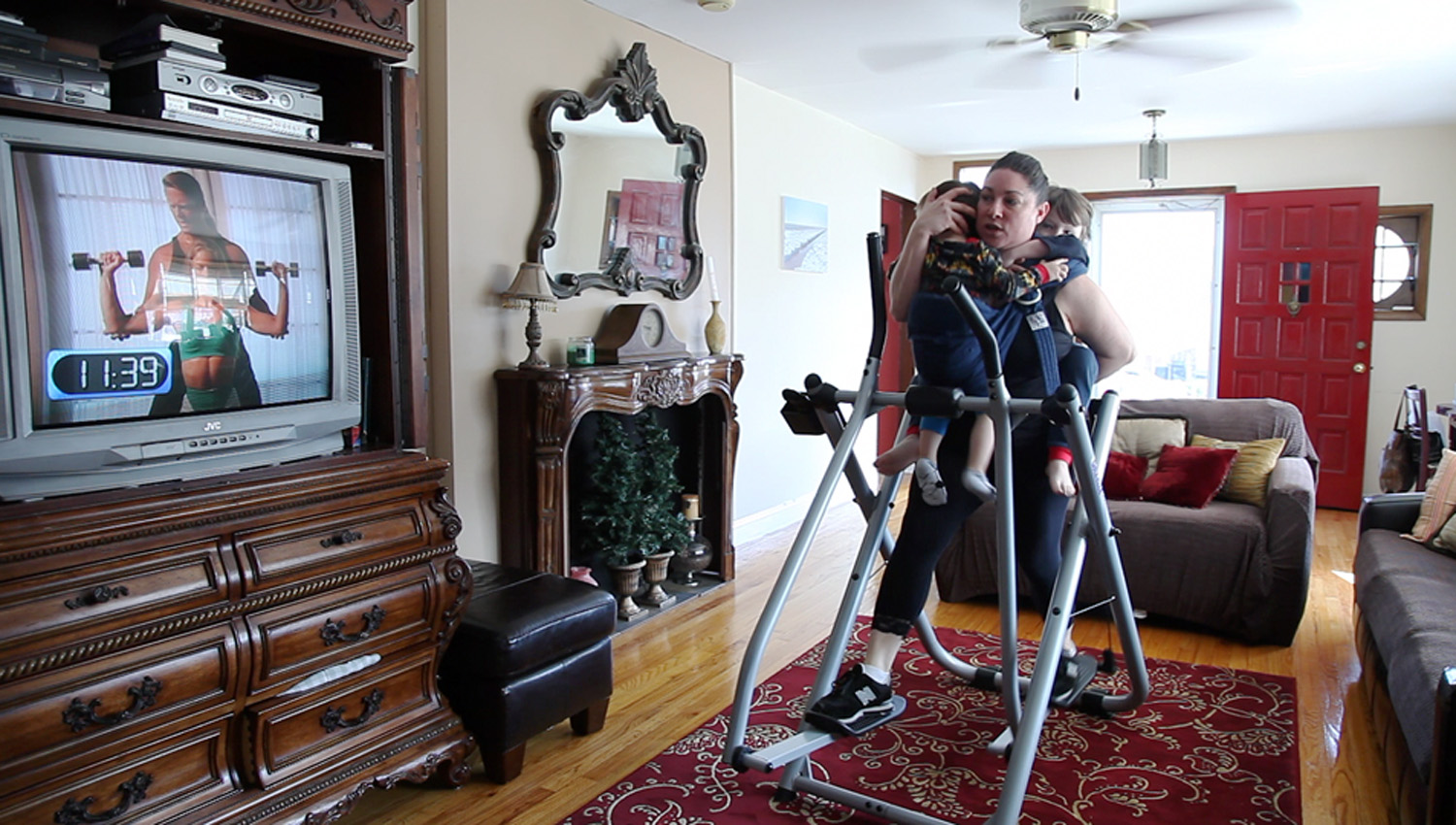
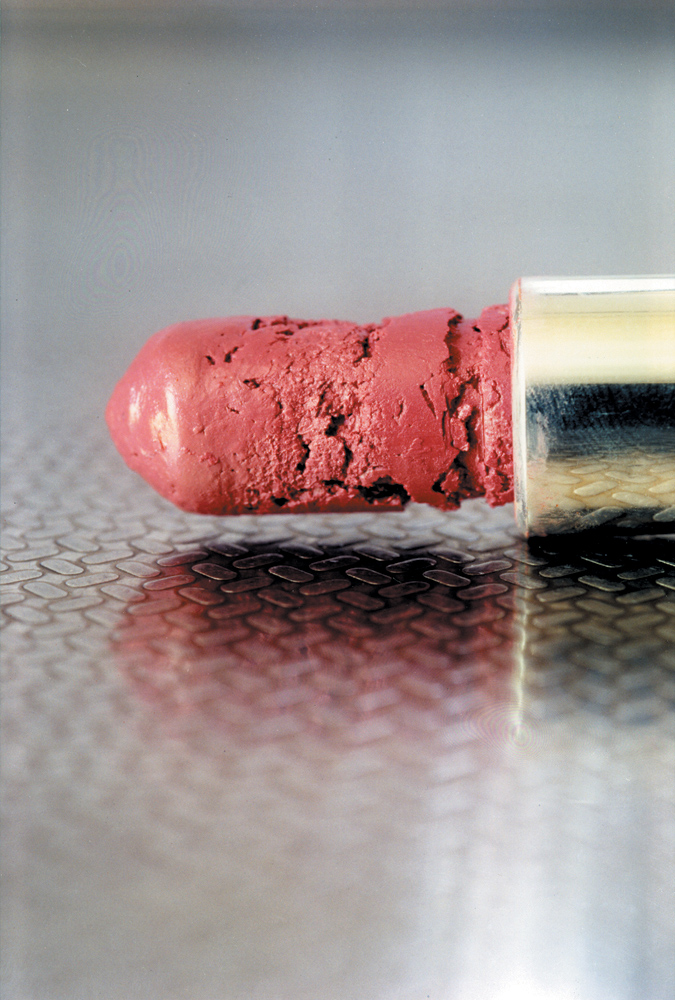
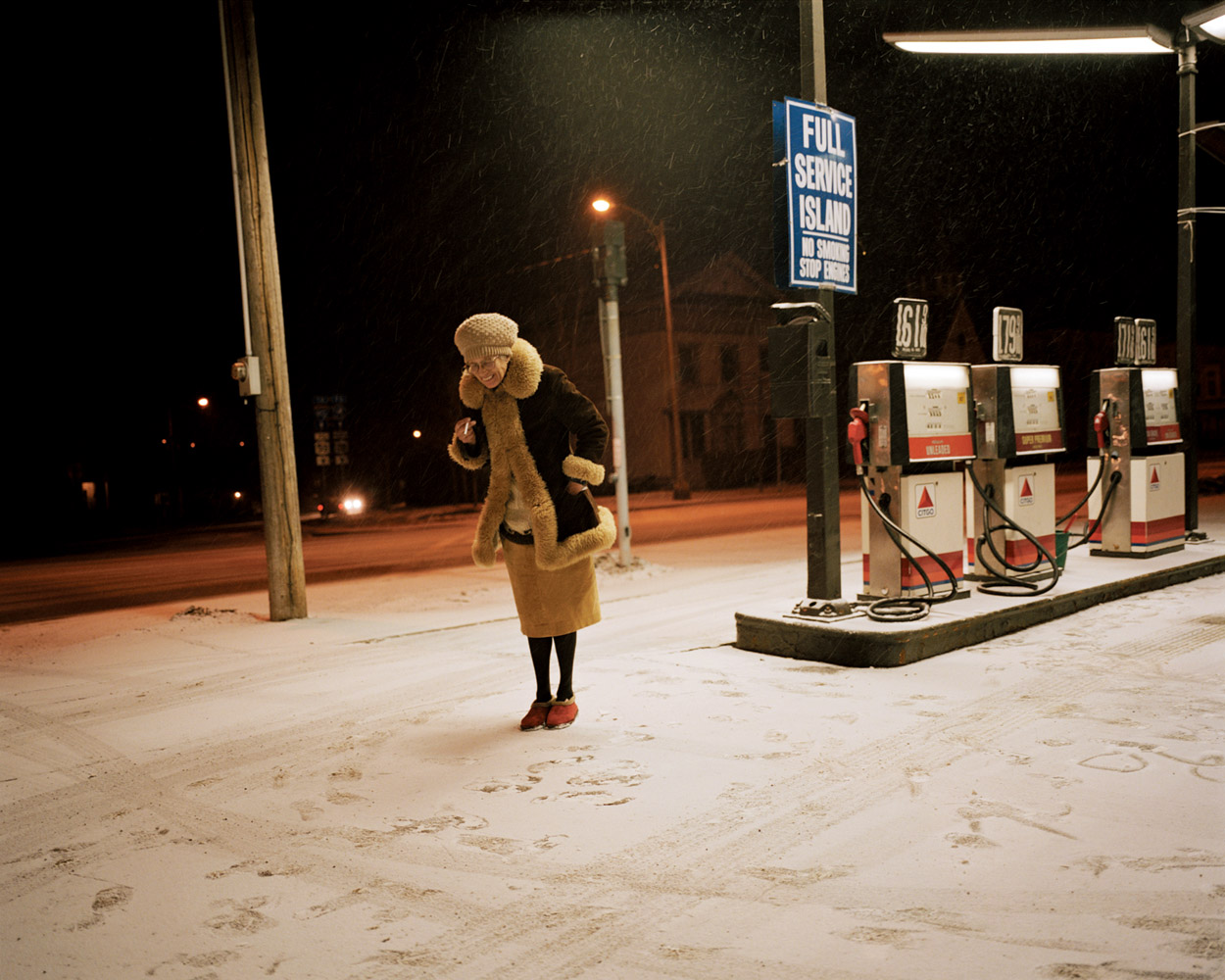

More Must-Reads from TIME
- Why Trump’s Message Worked on Latino Men
- What Trump’s Win Could Mean for Housing
- The 100 Must-Read Books of 2024
- Sleep Doctors Share the 1 Tip That’s Changed Their Lives
- Column: Let’s Bring Back Romance
- What It’s Like to Have Long COVID As a Kid
- FX’s Say Nothing Is the Must-Watch Political Thriller of 2024
- Merle Bombardieri Is Helping People Make the Baby Decision
Contact us at letters@time.com